Imagine a world without elephants. These large, gentle creatures are known for their intelligence and strong family bonds. They are a crucial part of our planet’s wildlife. However, their survival is also closely tied to the health of forests and jungles. Without these lush habitats, elephants struggle to survive. This article explores the important relationship between elephants and their forest homes, looking at scientific facts, historical background, and ongoing conservation efforts.
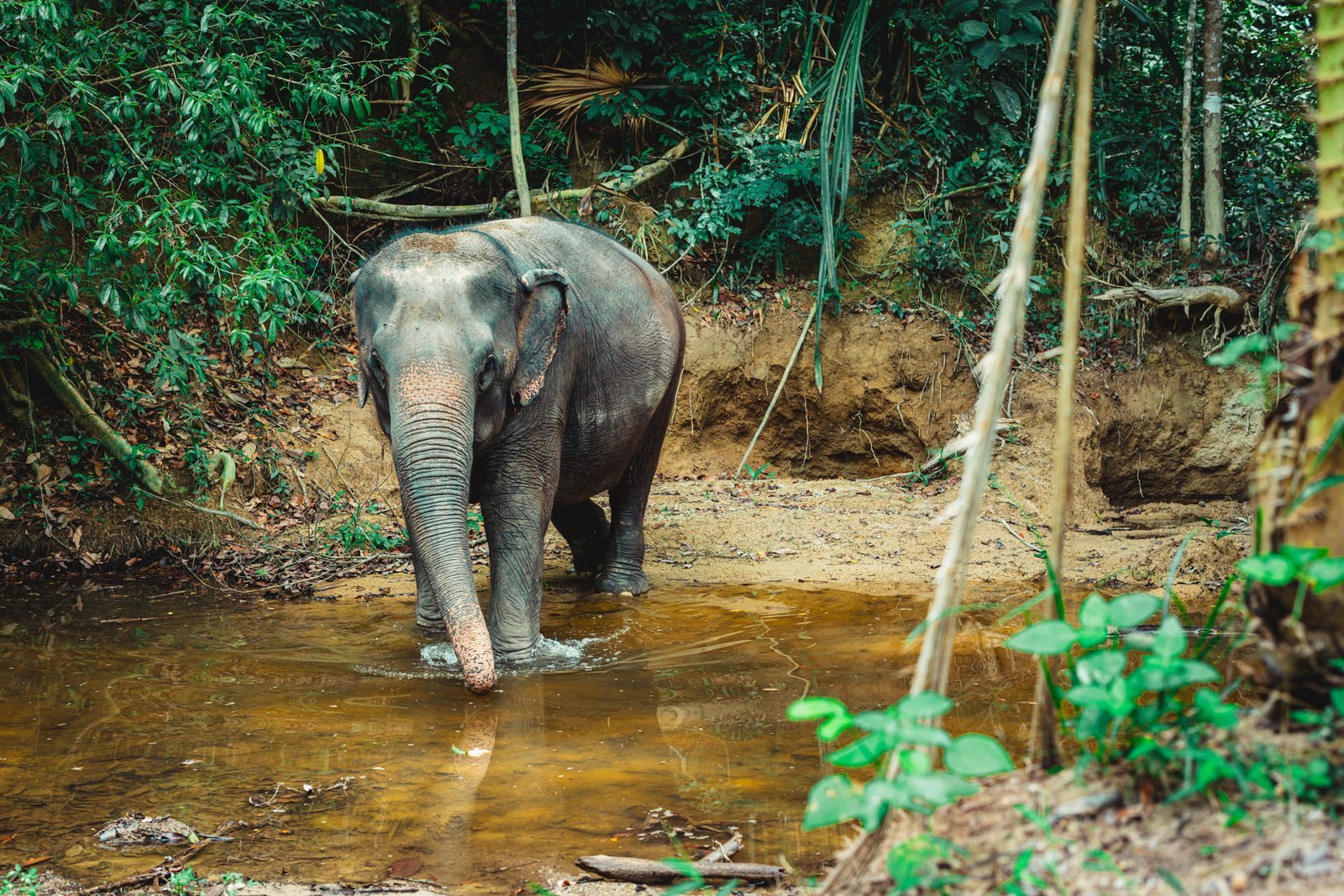
The Role of Forests and Jungles
Forests and jungles are more than just places where elephants live; they are essential for their survival. These environments provide elephants with everything they need: food, water, and shelter. Elephants eat a lot of plants, including leaves, bark, and fruits. The thick vegetation of forests offers a steady supply of these foods. Additionally, forests help maintain the water cycle, ensuring that elephants have access to water sources throughout the year. Without forests, elephants would find it hard to get enough food and water to survive.
Forests also offer protection. The dense trees and plants provide cover from the sun and rain, and they help elephants hide from predators. Young elephants, in particular, rely on the safety of the forest to grow and learn. The forest is like a giant home for elephants, offering everything they need to live and thrive.
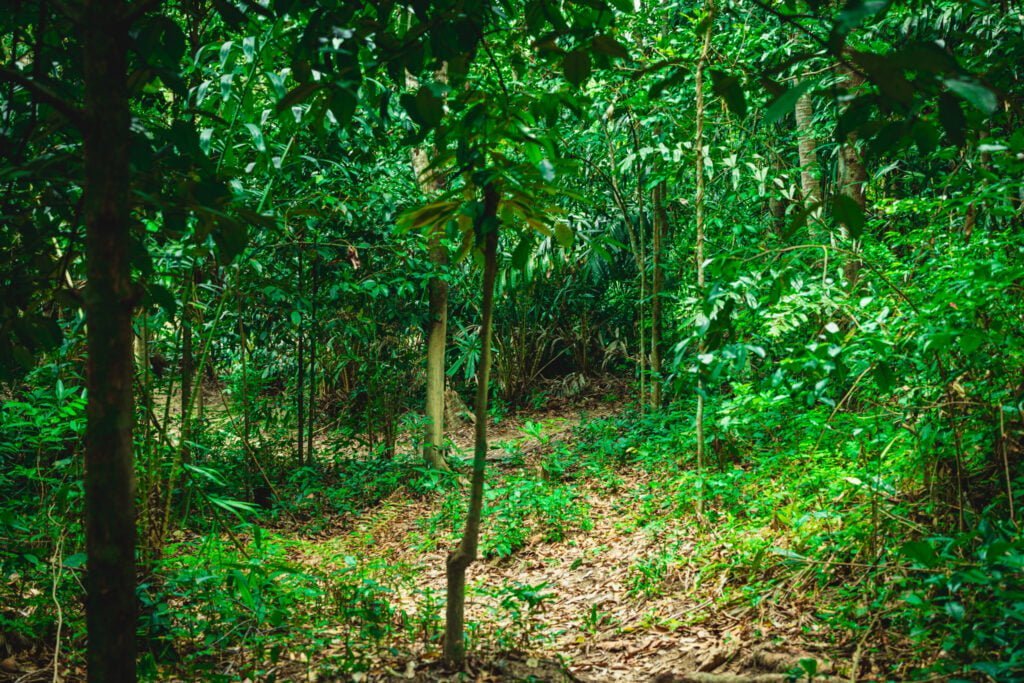
What does Science say about it?
From a scientific point of view, the relationship between elephants and forests is mutually beneficial. Elephants play a key role in keeping these ecosystems healthy. As they move through the forest, they spread seeds through their dung, helping new plants grow. This process increases plant diversity and helps the forest regenerate. Elephants also create pathways in dense vegetation with their large bodies, which other animals use. This activity, known as “ecosystem engineering,” shows how important elephants are in maintaining the forests they depend on.
Scientists have studied how elephants interact with their environment and found that they help shape the landscape. By knocking down trees and trampling plants, elephants create open spaces that allow sunlight to reach the forest floor. This helps new plants grow and provides habitats for other animals. Elephants are like gardeners of the forest, constantly working to keep it healthy and diverse.
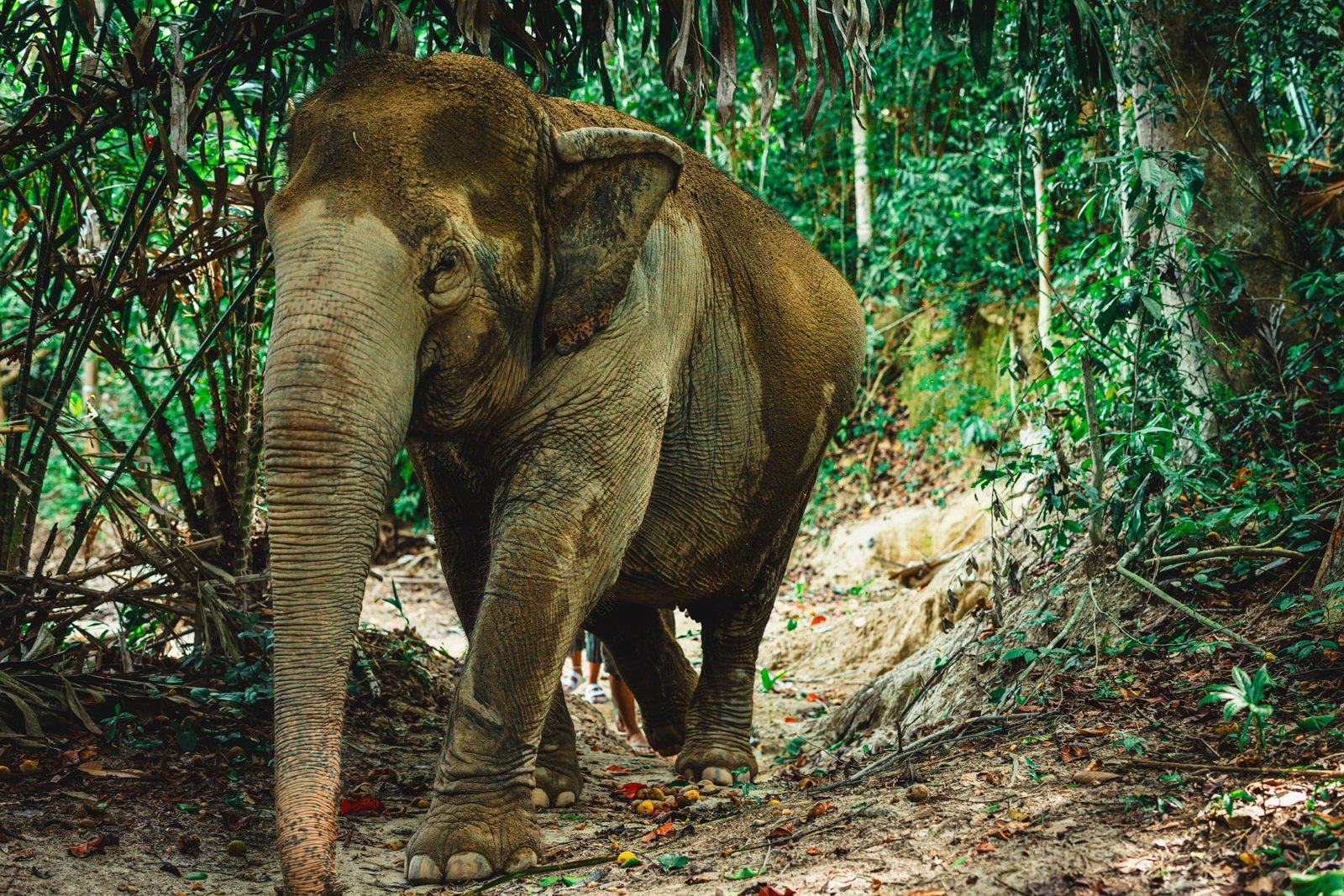
History Should Not Be Repeated
In the past, elephants roamed across large areas of forests and savannas in Africa and Asia. Ancient writings and cave paintings show that elephants were admired and respected by many cultures. They were often seen as symbols of strength and wisdom. However, as human populations grew, the land that elephants lived on was taken over for farming, logging, and building cities. This led to a significant loss of habitat for elephants. Deforestation has broken up their habitats, making it hard for them to find enough food and water. This historical background highlights the urgent need to protect the remaining forested areas.
Over the centuries, the relationship between humans and elephants has changed. In some cultures, elephants were used for work and transportation, while in others, they were hunted for their ivory. These activities have had a lasting impact on elephant populations. Today, we understand that protecting elephants and their habitats is crucial for their survival. Learning from history, we can see the importance of preserving the natural environments where elephants live.
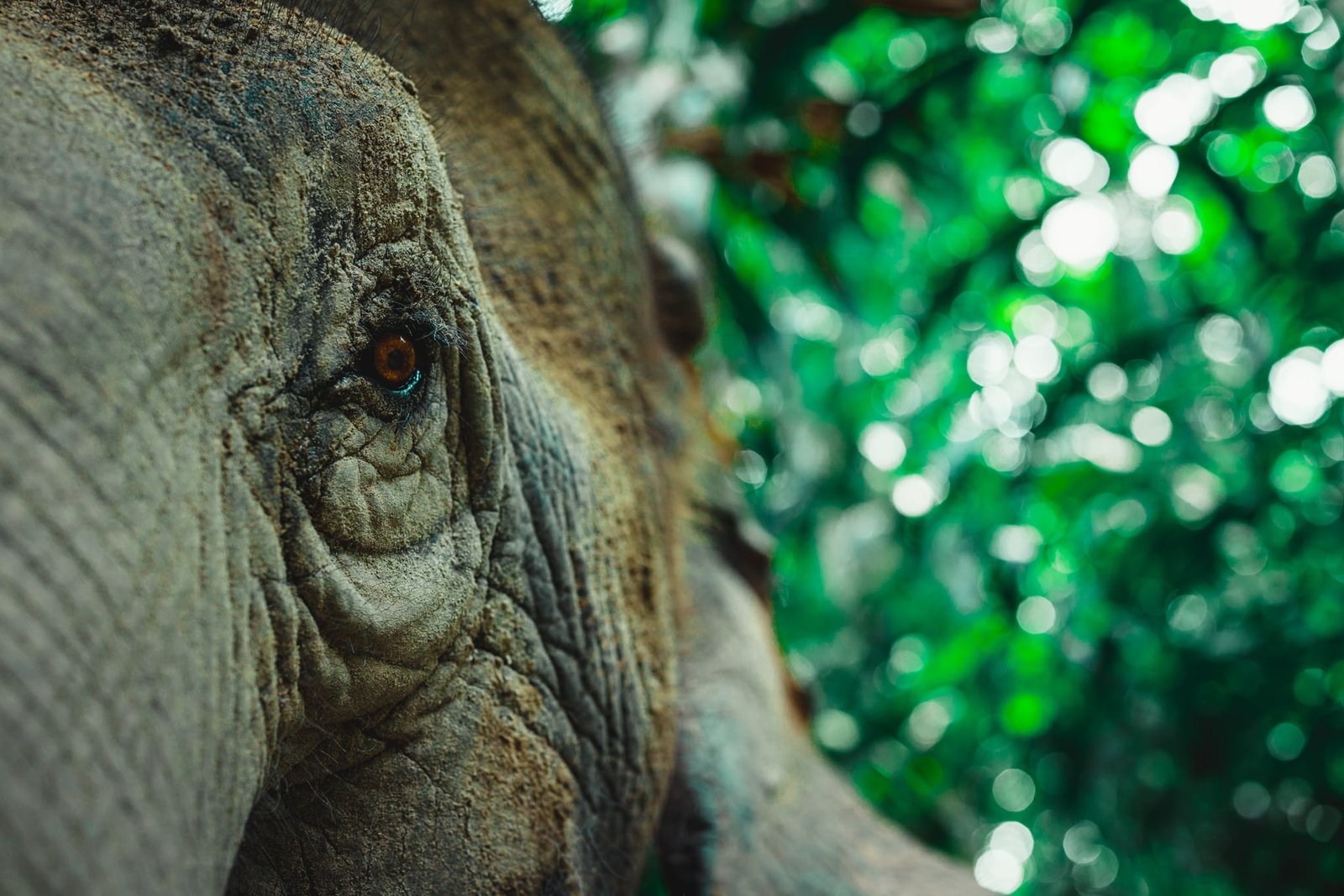
Conservation Efforts
People around the world are working hard to protect elephants and their habitats. Conservation efforts include creating protected areas where elephants can live safely such as Samui Elephant Haven and Phangan Elephant Sanctuary in Thailand, promoting sustainable land-use practices, and raising the awareness of unethical entertainment and poaching. Organizations like the World Wildlife Fund (WWF) and the International Union for Conservation of Nature (IUCN) are leading these efforts. They work with governments, local communities, and sanctuaries to protect forests and its inhabitants.
Community-based conservation programs are also very important. These programs involve local people in the protection of forests and wildlife. By working together, communities can help ensure that elephants have safe places to live. Education and awareness campaigns teach people about the importance of elephants and the need to protect their habitats. Progress is being made, but there is still work to do.
The Future of Elephants
The future of elephants is closely tied to the future of forests. Without strong efforts to protect and restore these habitats, elephants face many challenges. Climate change adds another layer of difficulty, as changing weather patterns can affect the availability of food and water. However, there is hope. New conservation strategies, such as reforestation and creating wildlife corridors, offer promising solutions to help elephants survive.
Reforestation involves planting trees to restore damaged forests. This helps create new habitats for elephants and other wildlife. Wildlife corridors are pathways that connect different forest areas, allowing elephants to move safely between them. These corridors help prevent habitat fragmentation and ensure that elephants have access to the resources they need. By supporting these and other conservation efforts, we can help ensure a bright future for elephants.

The survival of elephants is deeply connected to the health of forests and jungles. These environments provide the essential resources that elephants need to live and thrive. Scientific research, historical evidence, and ongoing conservation efforts all point to the critical importance of protecting these habitats. By safeguarding forests, we are not only preserving the presence of elephants but also ensuring the health of our planet’s ecosystems for future generations. Protecting forests means protecting elephants, and in turn, protecting the rich biodiversity of our world.

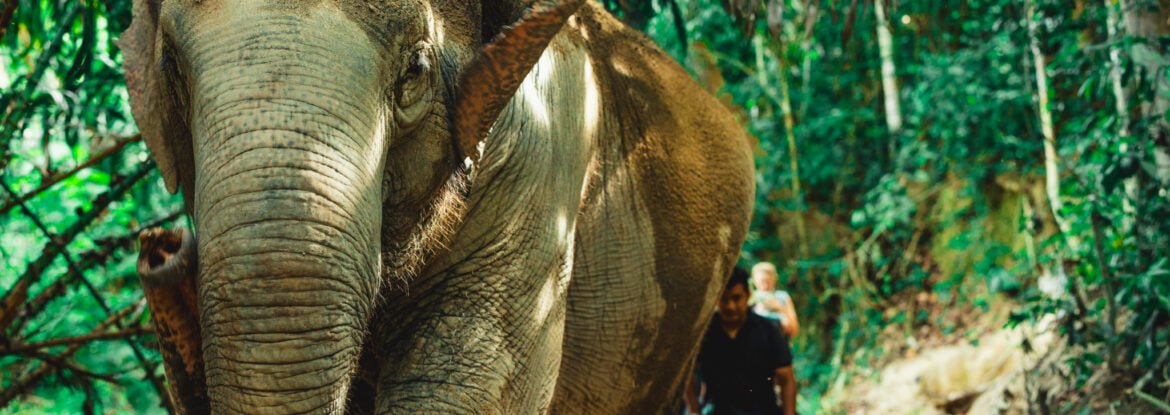

Post a Comment